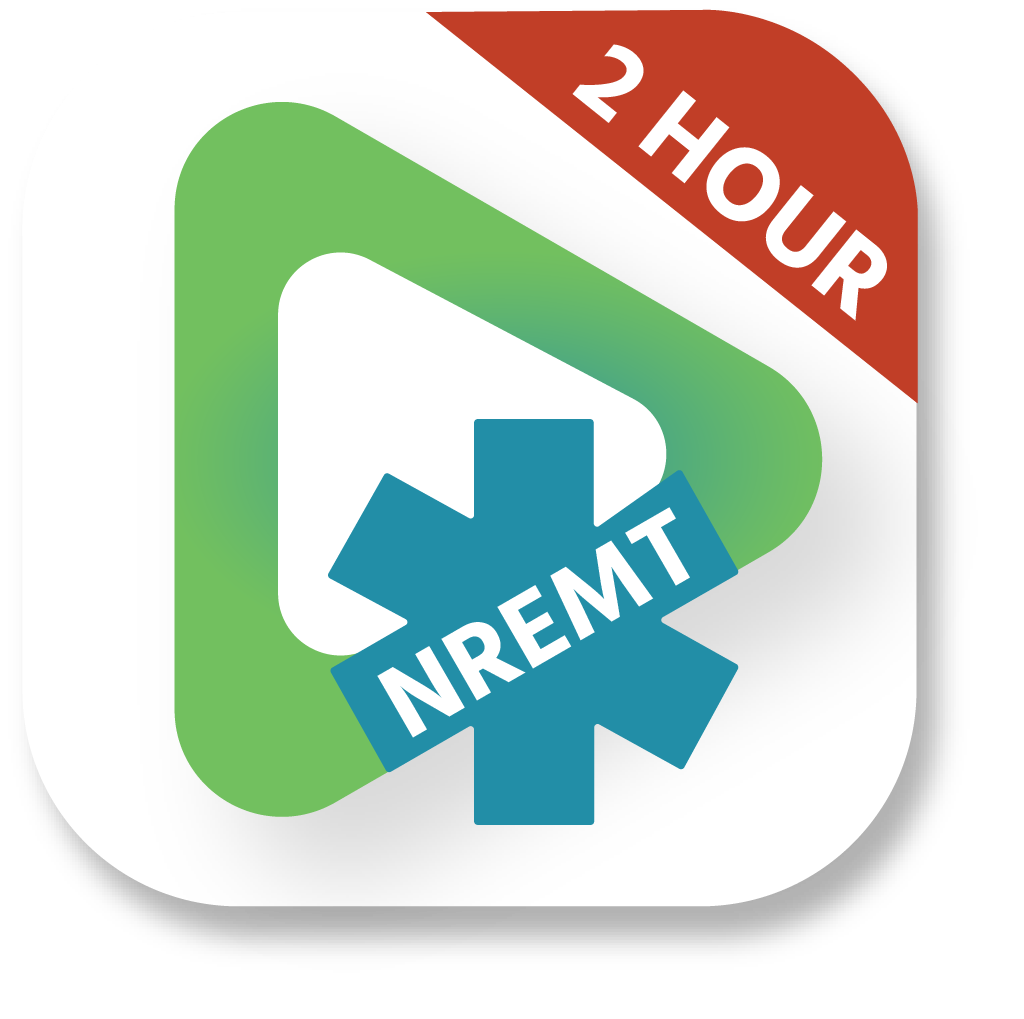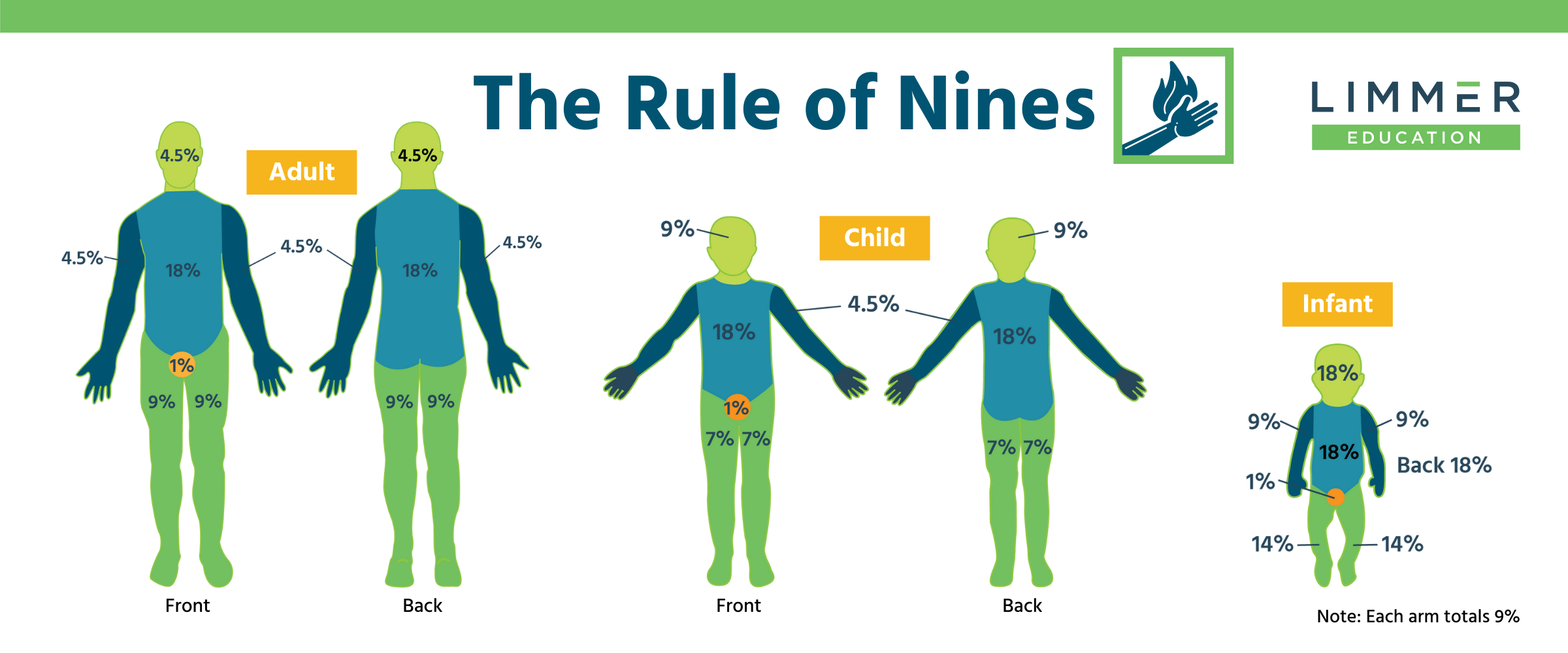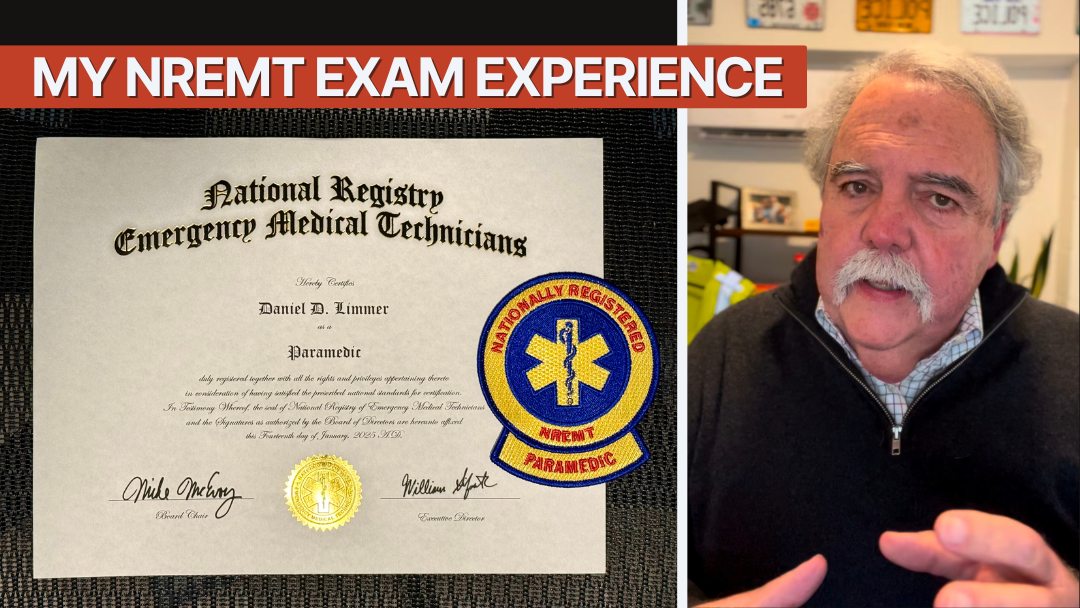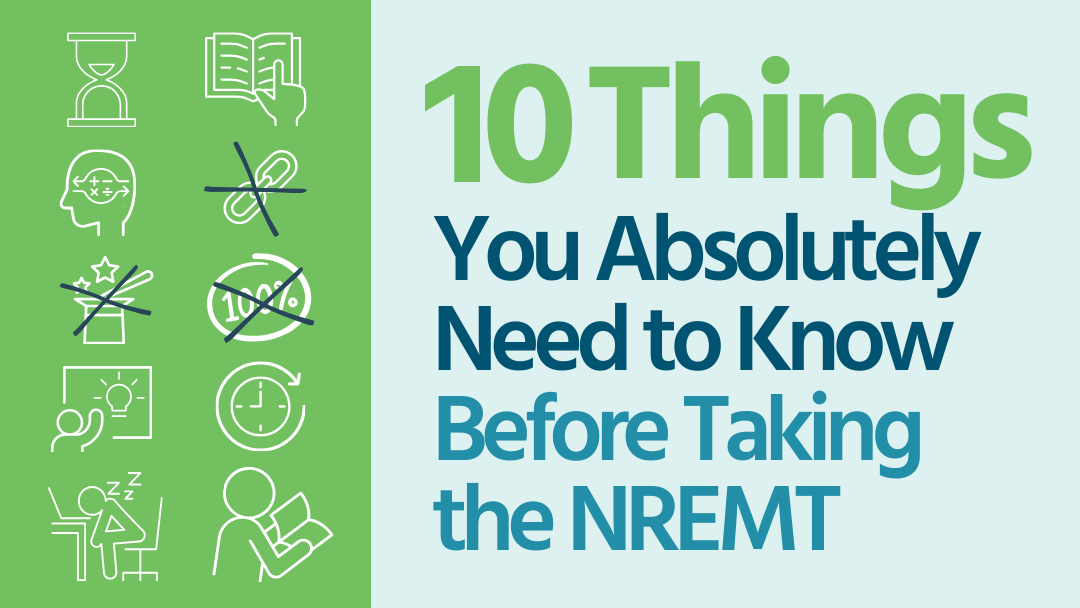Last Minute Things to Study for the NREMT

by Limmer Education
Our articles are read by an automated voice. We offer the option to listen to our articles as soon as they are published to enhance accessibility. Issues? Please let us know using the contact form.
We overheard Dan Limmer, our Chief Pass-ologist, talking to a student during our weekly NREMT Review. The student had two days until he took the NREMT exam and asked Dan what he thought he should study. Many of you are headed to the NREMT this month after completing your EMT class. We thought you might like to know what Dan said.
Dan Limmer’s Last Minute Things to Study for the NREMT
CPR guidelines – You must know these!
Check the pulse for no more than 10 seconds. If there is no pulse, begin with compressions.
Push hard and fast. Don’t stop.
Know the compression rate (100-120/min) and depth of 2 – 2.4” (5 to 6cm).
Defibrillate as soon as the defibrillator is available but do not delay CPR while it is being prepared.
CPR is primarily done at 30:2 except 2-rescuers CPR for infants and children which is 15:2.
The 2020 AHA summary of guidelines can be found here.
Respiratory Distress vs Respiratory Failure – you must know the difference.
Failure requires you to ventilate the patient while distress doesn’t. Patients in failure aren’t breathing enough on their own to stay alive. How do you identify respiratory failure? Look for several things, including a reduced mental status, respiratory rates outside the norm (very high or low), and/or some indication of a reduced depth of breathing. Usually, words like “shallow” or “gasping” on an exam indicate failure—especially with an altered mental status.
Oxygenation
You’re not going to be giving a lot of oxygen except in critical patients and severe traumas. For most patients—and especially for cardiac and stroke patients—you’ll provide oxygen according to pulse oximetry readings. If the patient isn’t in severe distress and their saturation is above 94%, they probably won’t get oxygen. If their sats slip below 94%, a cannula will do nicely to bring it back up to around 94%.
Obstetrics and Neonatal Resuscitation
People either seem to get a lot of these or just a few—and rarely in between. It is good to remember some important things.
If a neonate has a pulse below 100, you will ventilate them.
If they have a pulse below 60, you will perform compressions.
Suction isn’t used routinely for delivery anymore unless the baby is in distress.
Ventilate a neonate at a rate of 40-60/minute.
A mom’s feeling of having to move her bowels or needing to push may indicate imminent delivery.
Rule of 9s for Burns
You can’t guarantee that there will be a burn question on the exam, but there certainly could be. And this is a no-brainer. Arms are 9. Legs are 18. Each side of the torso is 18. The head is 9 and the genitalia is 1%. It is that easy. In young peds, consider the legs 14% and the head 18%. Read the question carefully to determine exactly what part of what body part is burned.
Videos for quick burn practice.
Additional NREMT Study Tips
Take your time and read each question carefully—without reading too much into it.
Can you get in-depth NREMT prep in just two hours? We think so. The 2-Hour NREMT Review where Dan Limmer breaks down NREMT-style practice questions and insight that can't be found anywhere else. It includes “What you See, What Does It mean” practice questions that teach you to find and understand the important details in a question. There are also readiness assessment questions that test if your knowledge and judgment are ready for the NREMT. And there’s a whole lot more! It’s a phenomenal study tool, especially if you’re in the final days or hours before your test.

Last minute study shouldn’t be frantic.
Frantic study will just add to your stress. If you are in the 24 – 48-hour window before the NREMT, strategically study the day before the exam, get some sleep and head to the testing center refreshed. Don’t cram the day of the exam or in the parking lot of the test center. At that point, you know all you are going to know.
Limmer Education’s Sole Purpose is to Help You Pass the NREMT
Additional information about passing the NREMT may be found at:
Want more help for study and NREMT review? Check out our best-selling test prep for EMT, AEMT and paramedic levels.
Best to you for NREMT success!
Related articles

Dan Limmer, BS, NRP

Dan Limmer, BS, NRP



